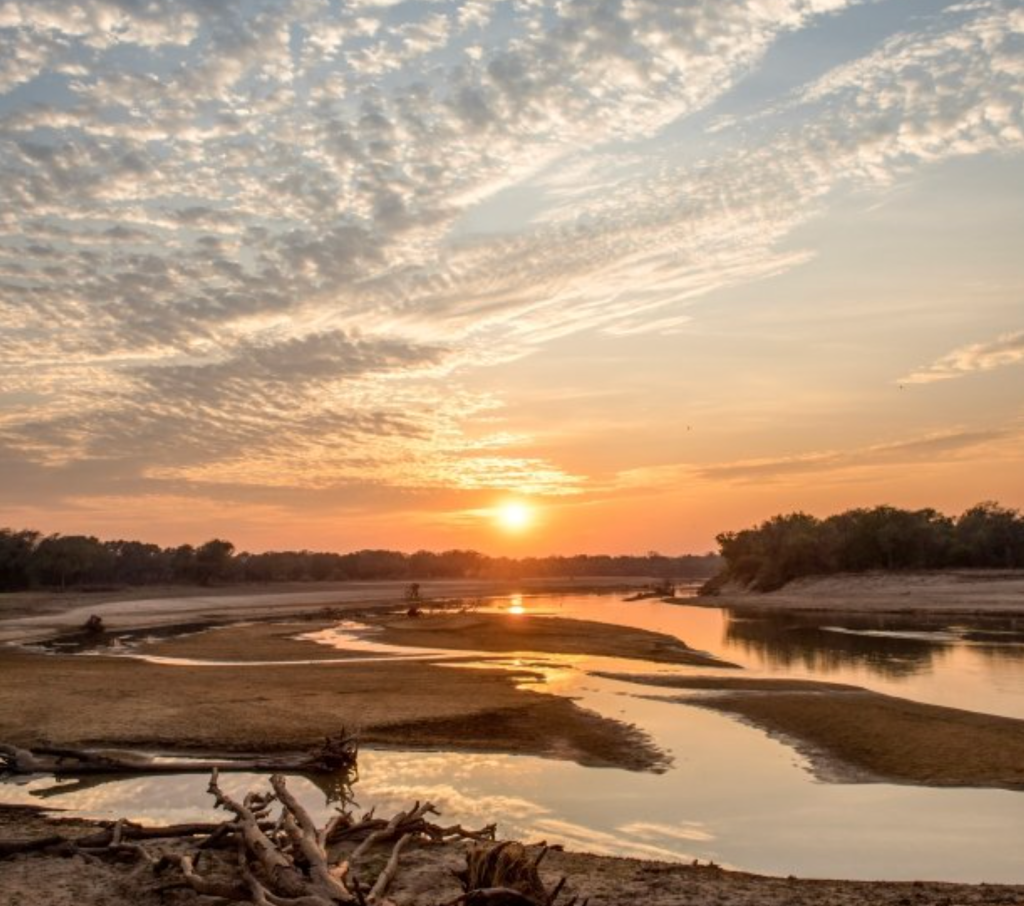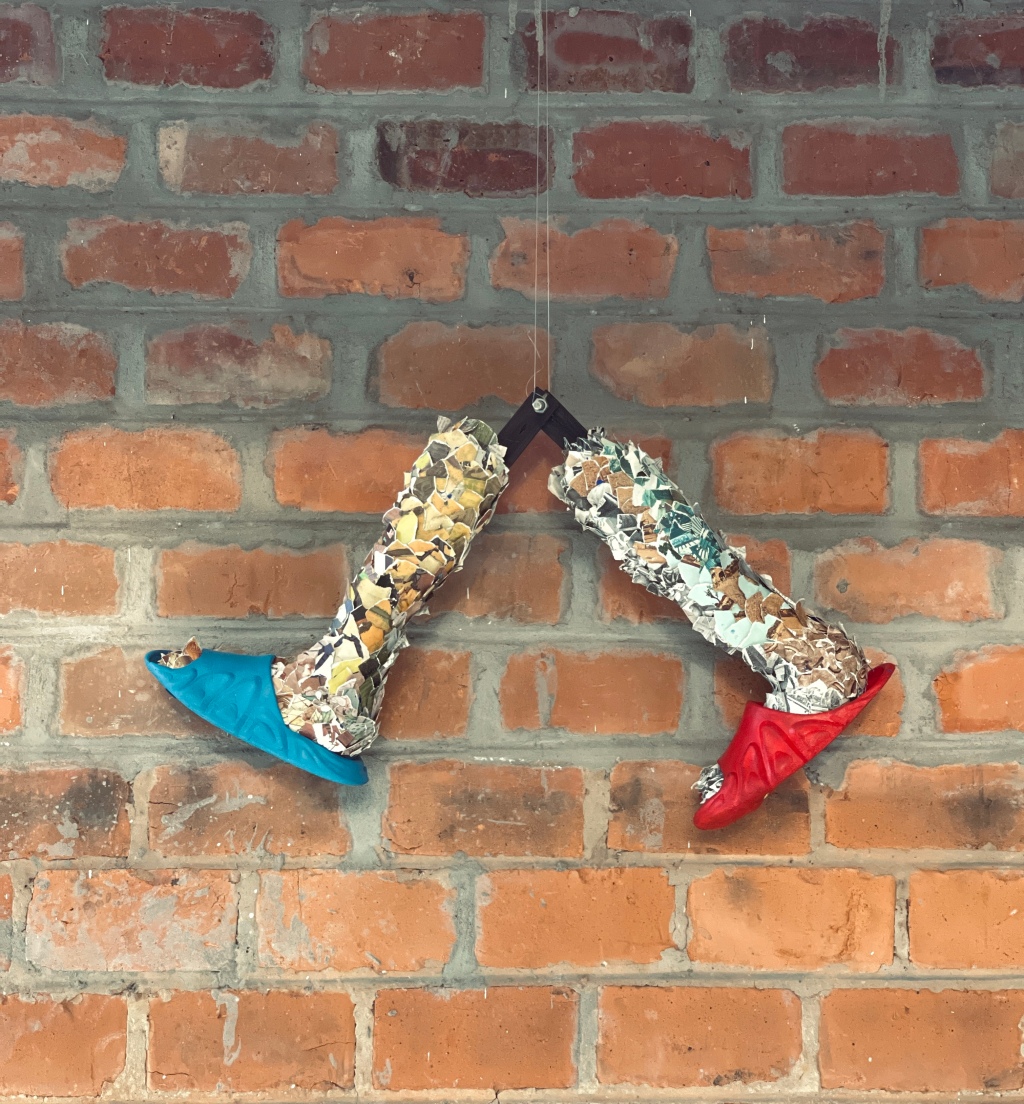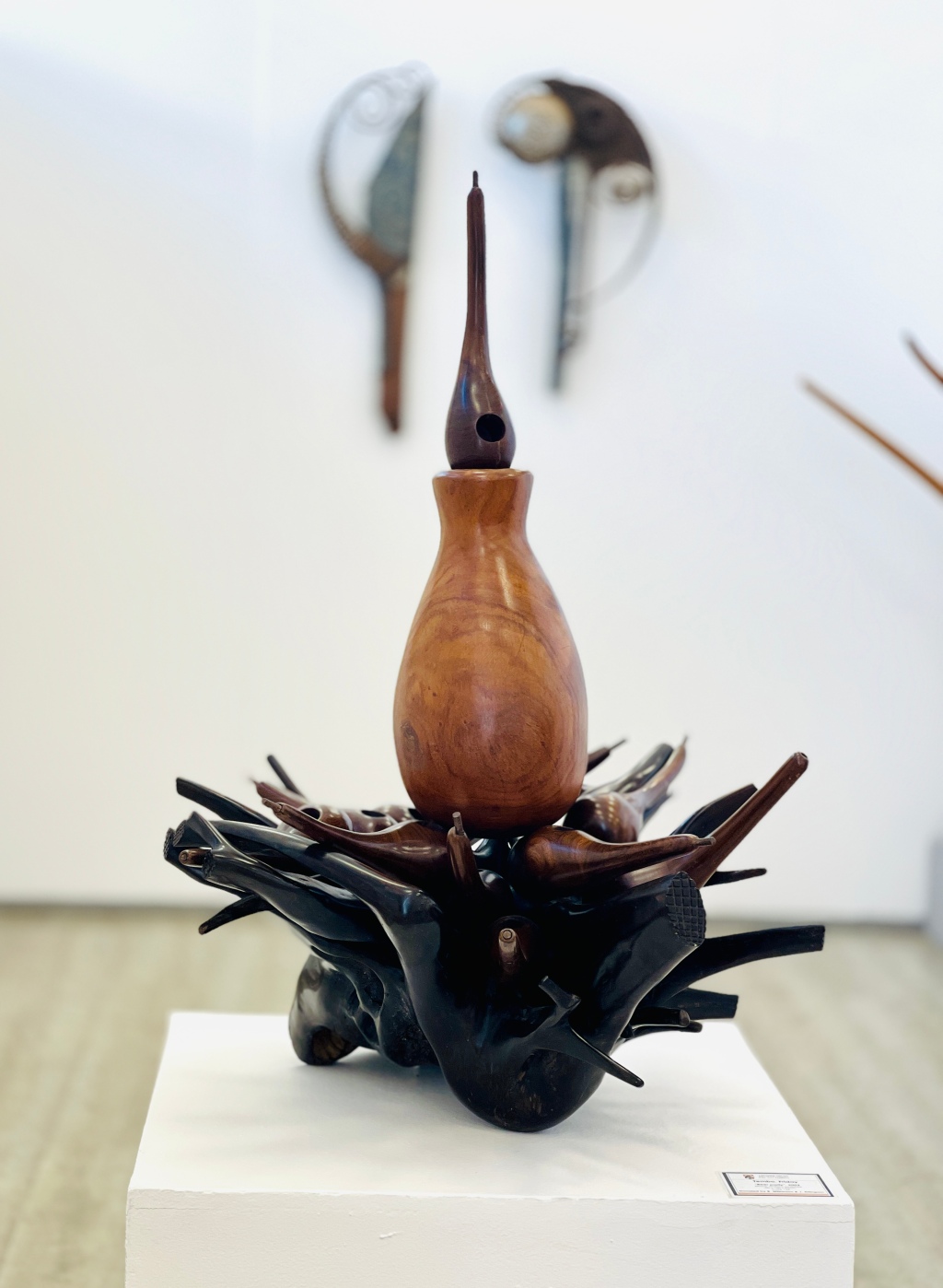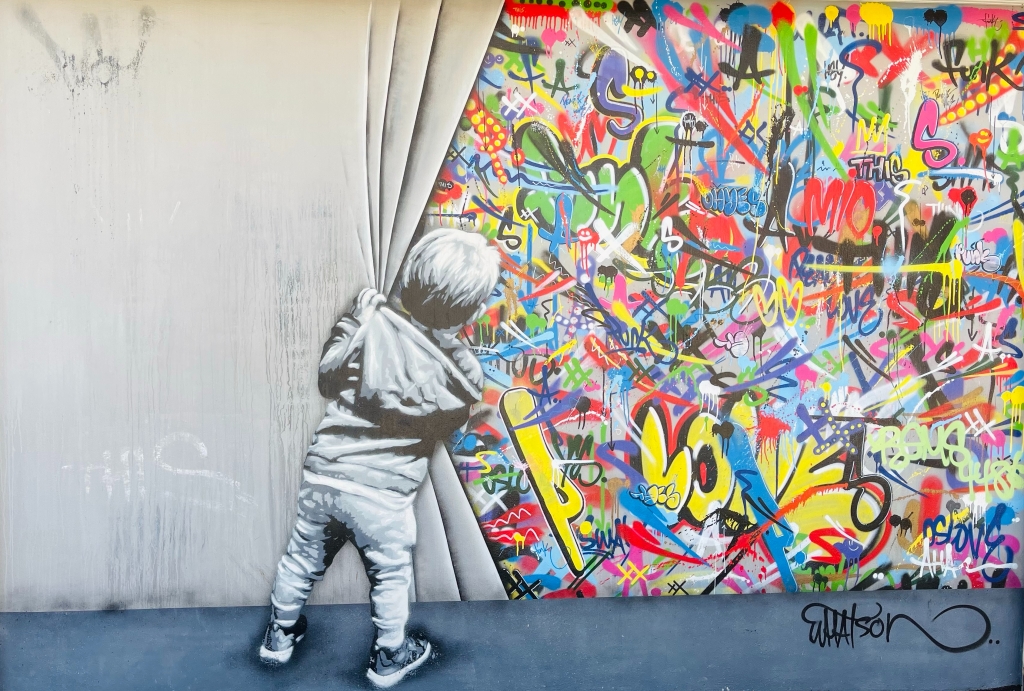I signed up for a group excursion hosted by African Vacations and GlobalSmash and got to visit the Northern-most region of Zambia where our great nation meets the waters of the Tanganyika. This was the longest journey I have taken since I began my Zungulile Zambia adventure, it was just over 1000 km away from home. Thankfully I was not the one behind the wheel and this meant I could snooze and catch-up on writing. We drove through the Lusaka Province, Central Province, Muchinga Province and eventually arrived in Kasama in the Northern Province where we spent a restful night at Alitasha Lodge.
We left Kasama on the next day and drove through the countryside which was covered in meadows of greenery with occasional settlements along the M1 road, until we got to the scenic highlands at Senga Hill, where it was evident to witness why this side of the Northern Province is ripe for tourism. The area had vast spaces with scenic highland landscapes, small water features dotted along the countryside with such clean air quality; my mind could not help but think of the opportunity for hiking trips, woodland retreats and camping excursions. The area after Mbala – Mpulungu T-junction actually formed the apex of these views as the rift towers over valley that gradually descends into the Mpulungu harbour, where it eventually meets the sea of fresh water we call Tanganyika. We made several stops on the way just to take in the views in and get a few photographs too.

Mpulungu
This simple ol’ town is the southernmost point of the Lake Tanganyika and marks the end of the Great North Road. We had a quick drive through town which had several stores and numerous mobile money booths, a good sign that there is potential for industry. We proceeded to head towards the Mpulungu harbour where we would be taking a boat to our final destination. On our way there we stopped by one of Zambia’s national monuments, the Niamkolo Church.
Niamkolo Church
Though it has no roof, Niamkolo is known to be oldest surviving stone church in the country and was declared a National Monument. Niamkolo was built by the London Missionary Society missionaries who also journeyed to Zambia after David Livingstone. The church served as a place of worship continuously until 1908, when the mission post was moved inland to avoid the sleeping sickness carried by tsetse flies. Today, only remnants of the church exist but it is a marvelous sight to appreciate when you realize it is still standing, 127+ years later. Visiting the site is free but visitors are not allowed to gain access into the central part of the church. You can only view it from outside. Click here to see a short tour of the Niamkolo Church.



The Mpulungu harbour was just downhill from the Naimkolo Church and we could smell the freshly caught fish in the air as we approach the marketplace. It is from here that we took the last leg of our long journey, via boat, to our final destination ~ Isanga Bay. See more of the boat ride to Isanga Bay here
Isanga Bay
Getting to Isanga from the Mpulungu bay was an adventure of it own. After getting to the Harbour we loaded our personal effects into a local speed boat that sailed for 30 minutes to the Isanga Bay, where we were greeted by the brown sandy beaches, palms trees and Yolanda, the manager of the property. Isanga offers three beachfront chalets and three woodland rondavels that have proximity to the rock-laden frontage of the lake.

Click here to see a short tour of the Isanga Bay Property.
I enjoyed Isanga’s hospitality, but I should caution other visitors about the food service at the lodge. From what I gather, COVID-19 negatively impacted their operations as they too had to let go of some experienced staff in the kitchen. They are doing their best to make ends meet but I would recommend you carry your own snacks, foods and beverages as a backup to what is on offer.
I loved my time beside Lake Tanganyika, experiencing the thrills of kayaking on the Lake and swimming back to shore after tumbling over. Thankfully this side of the Tanganyika does not normally have any crocs and hippos and of course being able to swim is highly recommended if you’re going to paddle yourself onto the second deepest freshwater lake in the world. The serenity of sipping sundowners under the palms, watching the time roll away was a great equaliser to the thrills of the trip and I would definitely recommend a visit to this beautiful region of Zambia.





Leave a comment